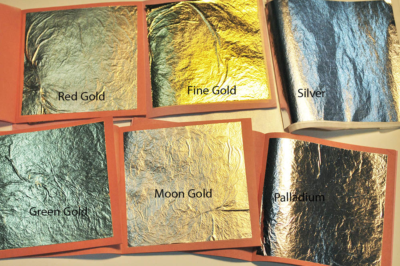
- Understanding Karats: Gold purity is measured in karats, with 18K gold being 75% pure, 14K at 58.3%, and 10K at 41.7%. Higher karat numbers indicate greater purity.
- White Gold vs. Platinum: These two precious metals can be distinguished by their color and composition. White gold has a warmer hue and is lighter, while platinum is heavier with a natural silver-grey shade.
- Durability and Maintenance: White gold requires more maintenance over time as it may reveal a yellowish tinge, whereas platinum retains its color and is more durable.
What makes platinum more expensive than white gold? While both white gold and platinum offer aesthetic appeal, platinum’s greater expense is due to its higher purity and density. Platinum jewelry contains 95% platinum, making it more durable and dense compared to white gold, which is typically composed of 75% gold and 25% other metals like palladium. This difference not only affects the weight and feel of the jewelry but also its longevity and appearance over time.
Exploring the Variety and Maintenance of Different Gold Types Gold’s variety extends beyond just white gold and platinum. Rose gold, another popular type, is made by adding copper to gold, which gives it a pinkish hue. Each type of gold has its own care requirements. White gold needs regular re-plating to maintain its rhodium finish, while platinum is more wear-resistant but can be more difficult to repair due to its hardness.
Conclusion: Making an Informed Choice When selecting gold jewelry, it’s crucial to consider not only the style and color but also the maintenance and longevity associated with each type of metal. Understanding the nuances of gold’s various forms can enhance your shopping experience and ensure that you choose pieces that align with your lifestyle and preferences. Whether opting for the traditional allure of yellow gold, the modern sophistication of white gold, or the durable elegance of platinum, each choice reflects personal taste and practical considerations.








































Leave a Reply